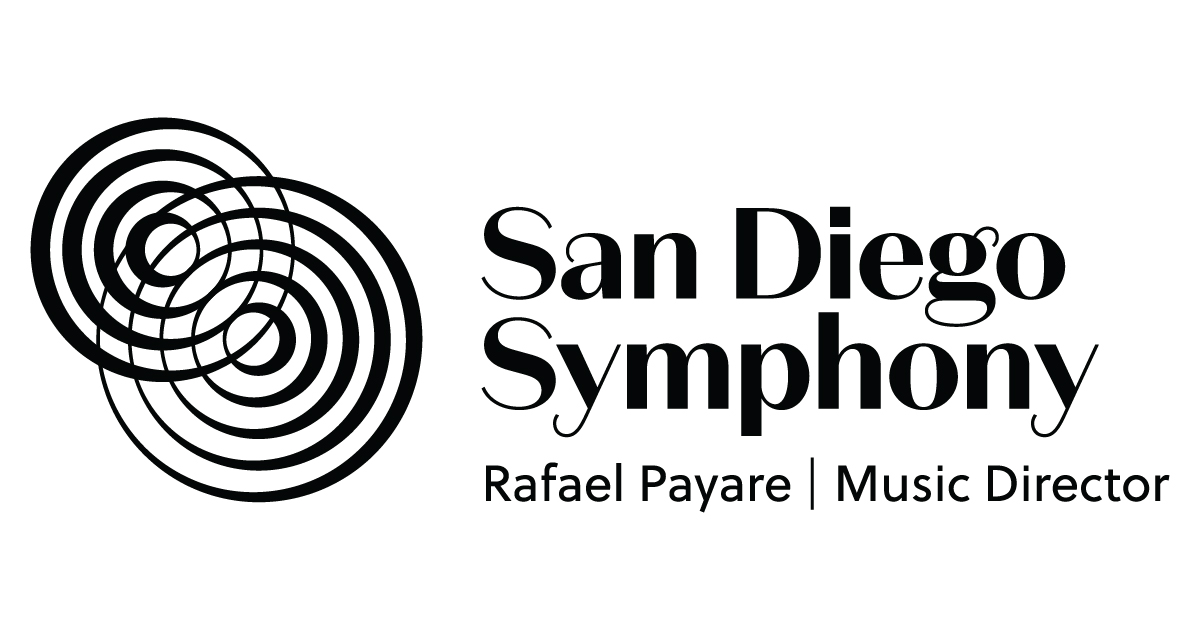A brand new Jacobs Masterworks weekday matinee series for those lucky individuals with their Friday mornings free! This three-concert series is our best bargain of the season: 15% off for just this 11am trio! You'll hear Mozart, Sibelius, and (in one concert conducted by Music Director Rafael Payare) both Prokofiev and Beethoven!

Colors and Rhythms: Clyne, Mozart, Beethoven
Friday, January 17, 11am
Eduardo Strausser, conductor
Javier Perianes, piano
ANNA CLYNE: Color Field
MOZART: Piano Concerto No. 21 in C Major, K. 467
BEETHOVEN: Symphony No. 2 in D Major, Op. 36
What a sumptuous feast of beautiful sounds and ravishing orchestral virtuosity! The celebrated composer Anna Clyne’s Color Field opens the concert with a delicious imagining of what mixing yellow and red would sound like.
Mozart's Piano Concerto No. 21, composed during his peak of creativity, is performed for us this season by the esteemed Spanish pianist Javier Perianes. Igor Stravinsky once said, Beethoven’s Second Symphony was his favorite of the nine. It’s easy to see why, with its amazing rhythmic drive, grandeur and sonority of sound. Hear the piece that unleashed a whole new storm of pulsing power which was soon to lead Beethoven to the Eroica Symphony and the Fifth. We heard it here first!

Orchestral Evolution: Childs' Premiere and Beethoven’s Eroica
Friday, January 31, 11am
Rafael Payare, conductor
Alexander Malofeev, piano
BILLY CHILDS: Concerto for Orchestra (World Premiere, Commissioned by San Diego Symphony)
PROKOFIEV: Piano Concerto No. 3 in C Major, Op. 26
BEETHOVEN: Symphony No. 3 in E-flat Major, Op. 55, Eroica
Rising star Alexander Malofeev (“Truly remarkable” - Boston Classical Review) takes the Jacobs Music Center stage in Prokofiev’s muscular and demanding Piano Concerto No. 3, a work originally written for the composer himself to play as part of his many tours of the USA in the 1920s and 1930s. The program begins with the World Premiere of Los Angeles-born, GRAMMY® Award-winning composer Billy Childs’ Concerto for Orchestra, and ends with Music Director Rafael Payare leading the Symphony in Beethoven’s celebrated Eroica symphony, one of the most influential symphonies in the Western musical canon. Shocking in Beethoven’s own time for the unfamiliar vastness of its dimensions and its huge orchestral sound, this symphony ends with a mighty set of variations based on music from Beethoven’s ballet The Creatures of Prometheus, which celebrate the evolution of human beings from mere unfeeling creatures made of clay to living, breathing human beings, capable of liberty, equality, fraternity and love.

Vänskä Conducts Sibelius and Beethoven
Friday, February 28, 11am
Osmo Vänskä, conductor
Paavali Jumppanen, piano
SIBELIUS: Tapiola, Op. 112
BEETHOVEN: Piano Concerto No. 5 in E-flat Major, Op.73, Emperor
SIBELIUS: Symphony No. 5 in E-flat Major, Op. 82
Jean Sibelius once said of a summer sailing trip in the Baltic Sea: “If only foreigners could see the granite rocks emerging from the water here, they would understand why I write for orchestra as I do!”
Finnish conductor Osmo Vänskä is a leading authority on the music of Jean Sibelius, having recorded all seven of the composer’s symphonies. On this program, he leads the Symphony first in Sibelius’ dark and brooding tone poem Tapiola. One of this composer’s final works before he ceased writing in the late 1920s, this music evoking Tapio, the forest spirit from ancient pre-Christian Finnish mythology, was written to a commission from the New York Philharmonic. Sibelius’s much loved Fifth Symphony was also inspired by the natural landscape of his home country, and especially by his intense response to the beautiful flight of whooper swans, returning in the spring to breed on the lakes and waters of Finland . Rounding out the program is Beethoven’s Emperor piano concerto performed by Finnish pianist and Beethoven expert Paavali Jumppanen, praised for the “overflowing energy of his musicianship” by The New York Times.











































